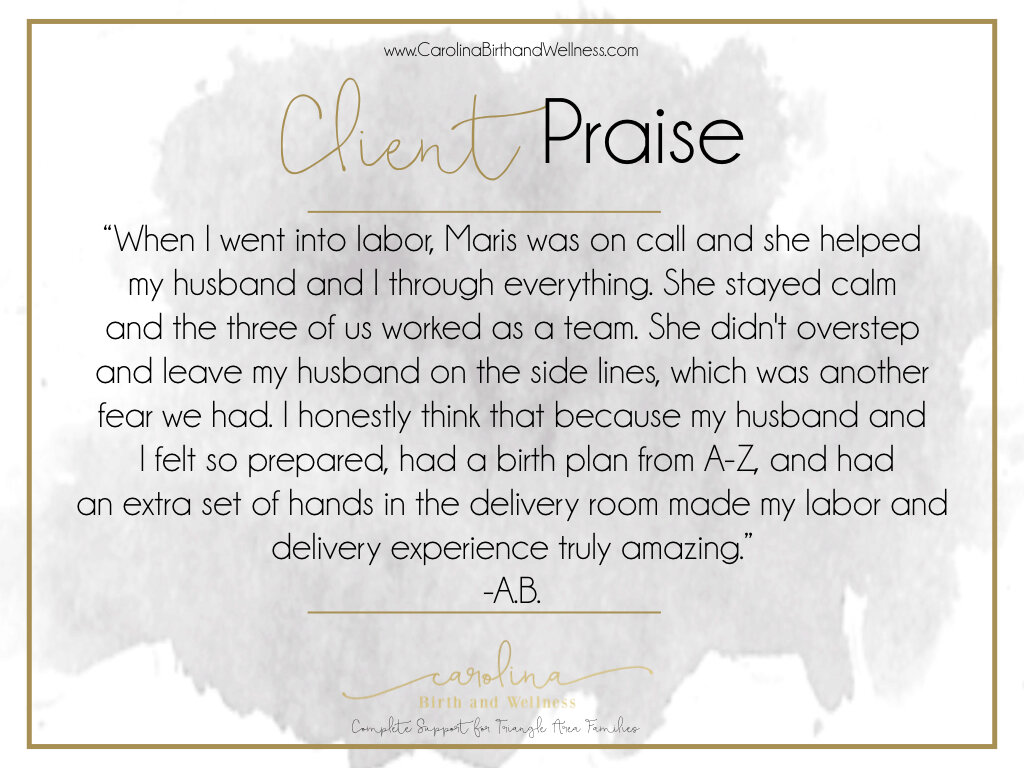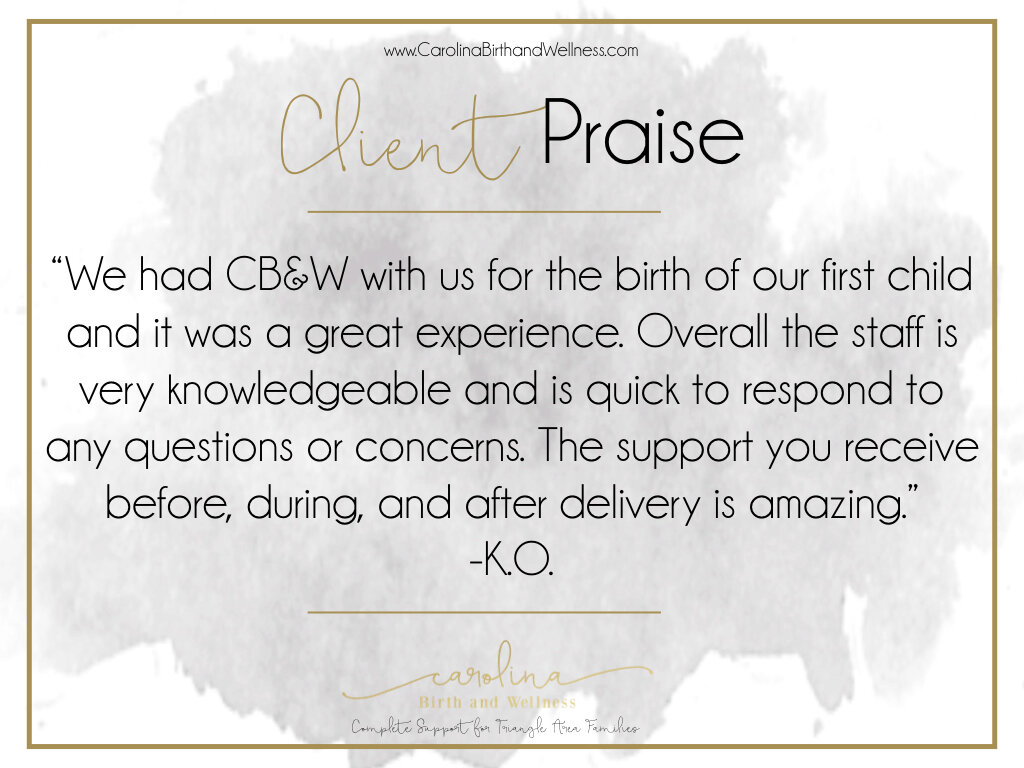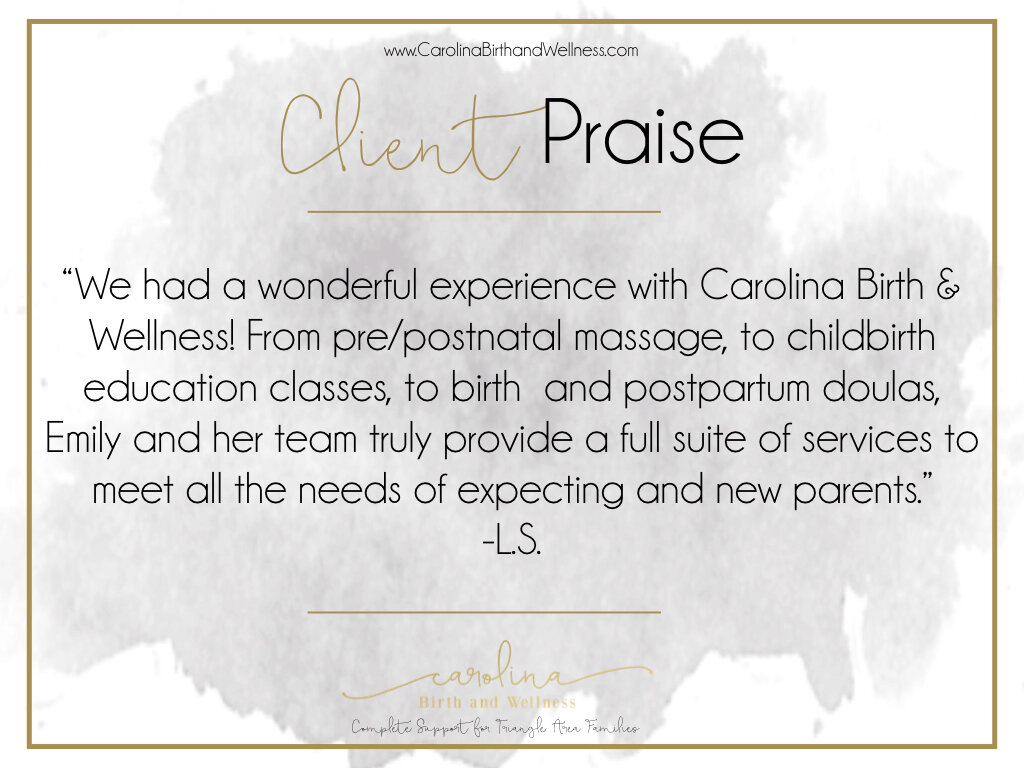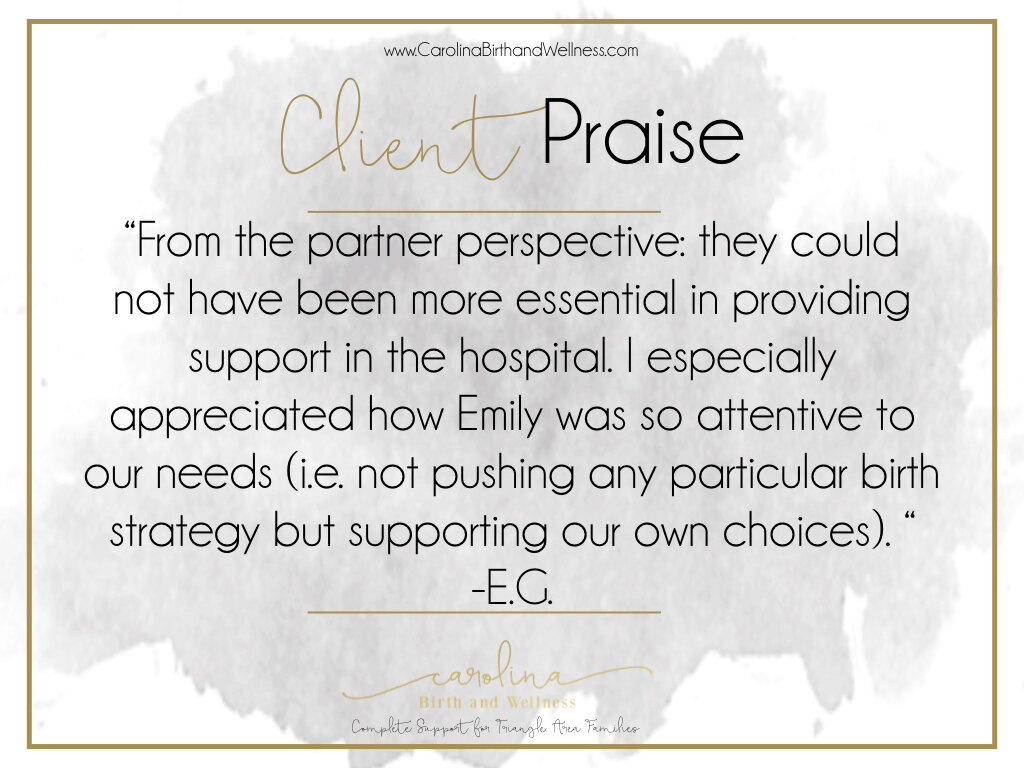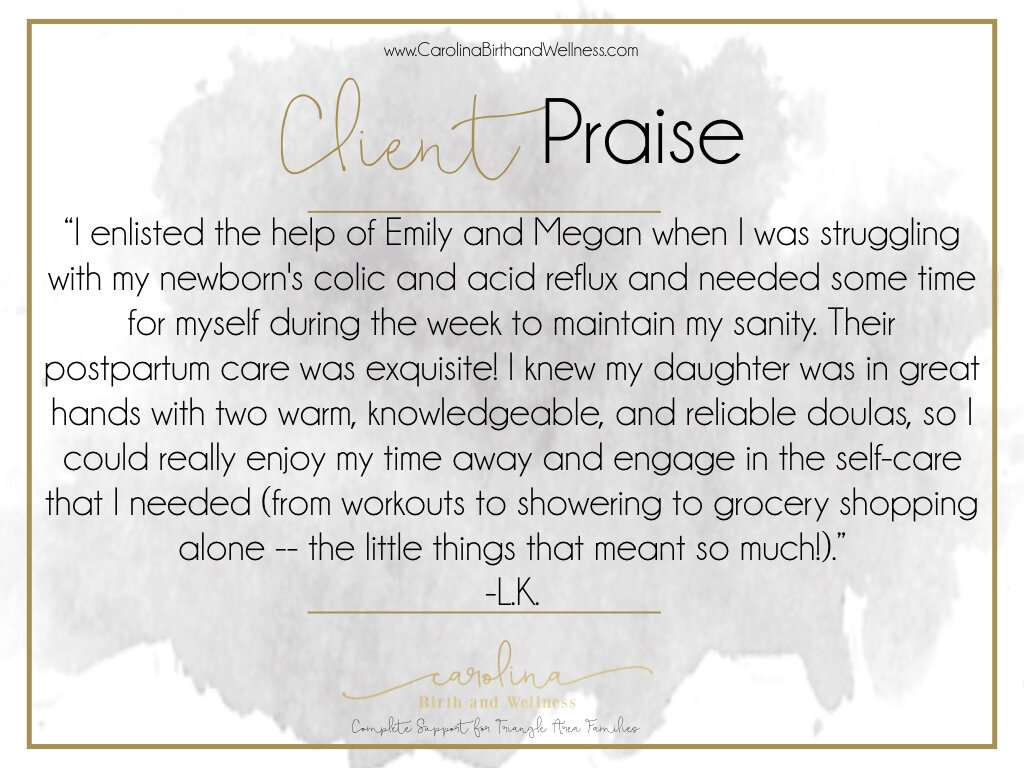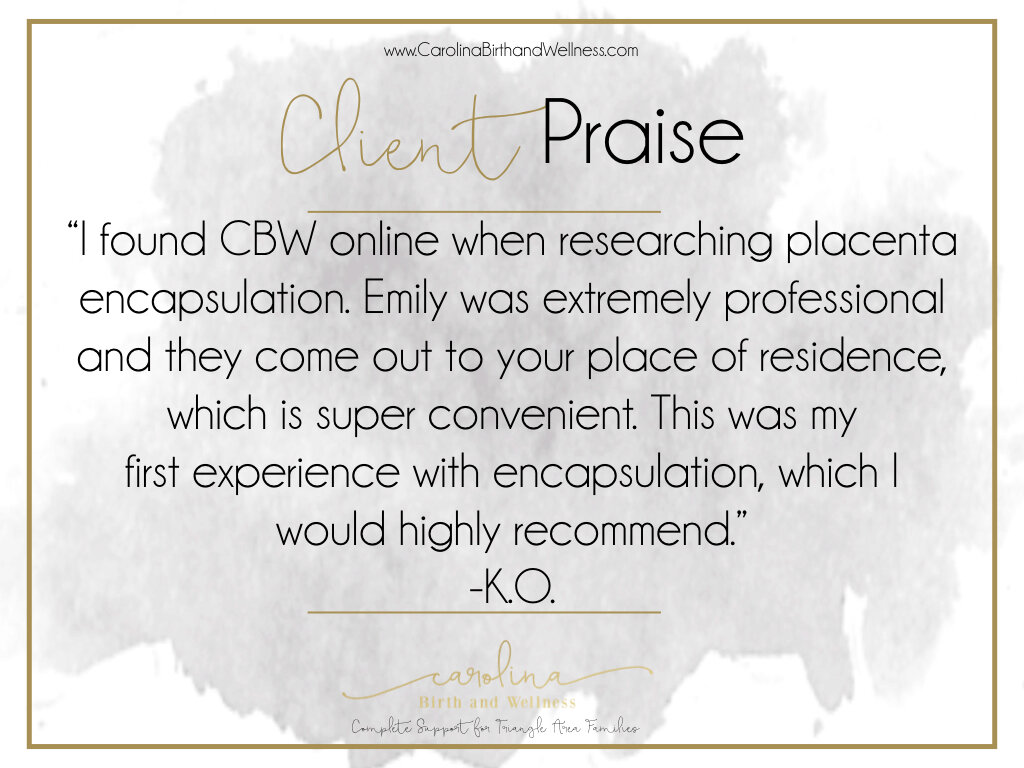How to Encapsulate Twin Placentas
Having twins is such an exciting time! You are preparing to welcome two babies into your home, and two babies mean two of everything: two carseats, two personalities, and two sets of diapers. However, depending on how your twins are developing, you may have one or two placentas for them.
At Carolina Birth and Wellness, we do not charge extra do twin placentas, and are willing to work with our clients to ensure they are able customize their postpartum recovery and receive the placenta related products that they feel they need the most.
Types of Twin Placentas
For twin births, there are three different types of twin placentas that we commonly work with:
- Dichorionic Diamniotic (DiDi twins): This is where there are two placentas, two amniotic sacs, and two babies.
- Monochorionic Diamniotic (MoDi twins): Single placenta, two amniotic sacs, and two babies.
- Monochorionic Monoamniotic (MoMo Twins): Single placenta, on amniotic sac and two babies.
We can customize your placenta package to ensure that you receive exactly the support that you need.
Same Standards, Different Process
Encapsulating twin placentas is slightly different, as their may be one larger placenta, or two placentas to work with during the encapsulation process. Some clients with DiDi twins prefer to have capsules, tincture and/or salve made from both twin A and twin B, while others choose to encapsulate one placenta, and use one placenta for the tincture. Depending on the sex of your babies, you may choose to encapsulate the male placenta and use the female placenta for a tincture to help when your menstrual cycle returns. The choice is completely yours, and we will be happy to talk you through all your choices. Some clients choose to separate the placentas because they know they will most likely not consume all of the capsules from two placentas, but want to ensure that they will receive the benefits from each placenta. While other clients love having two sets of products to ensure that receive the maximum benefits from each placenta, even if they do end up having a surplus of capsules or tincture.
For clients with MoDi and MoMom twins, you can expect a large return on capsules as these placentas are normally larger. The encapsulation process is the same as with one placenta.
If you are ready to start the encapsulation process, we are happy to help you customize how we can best support you and you twins.


